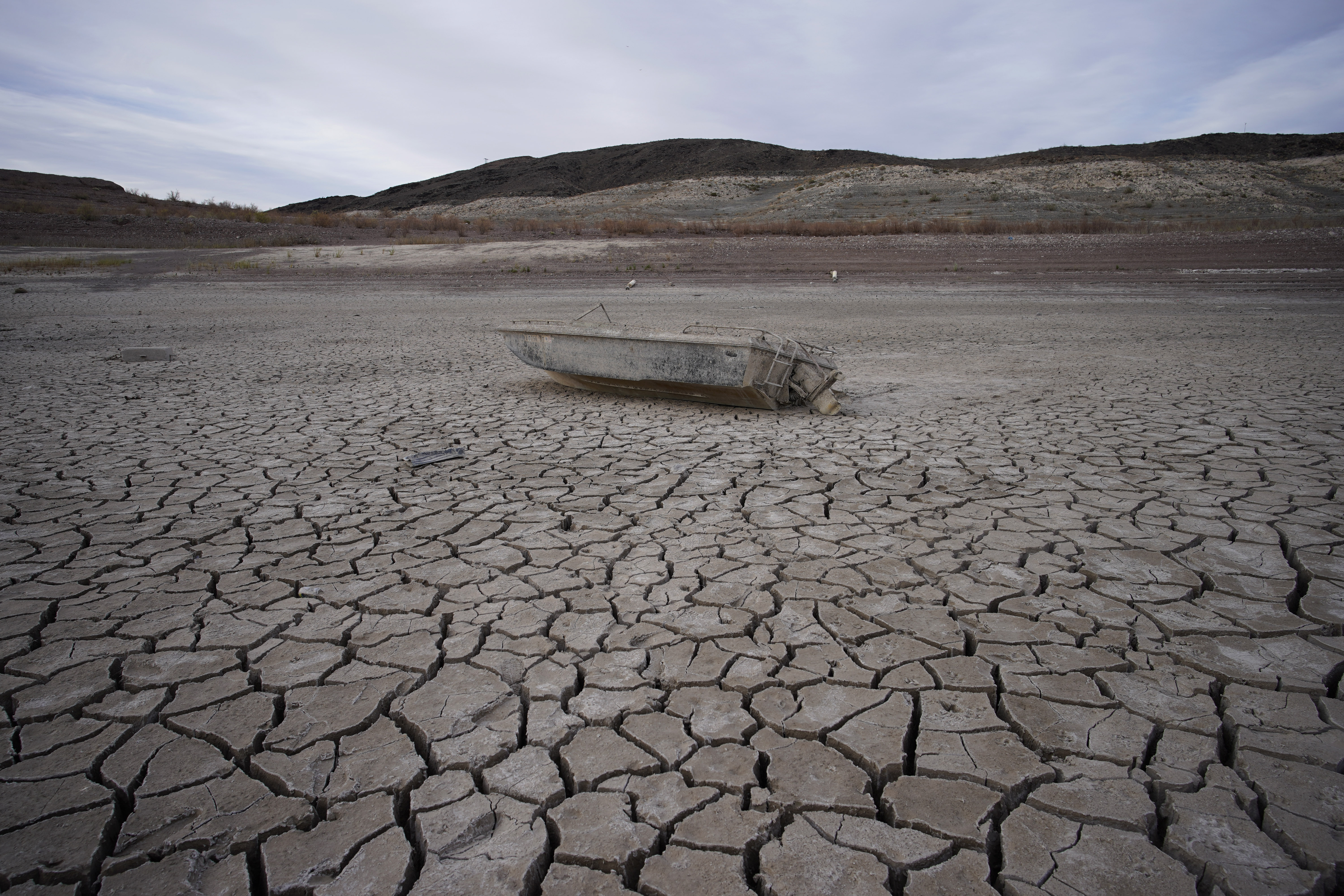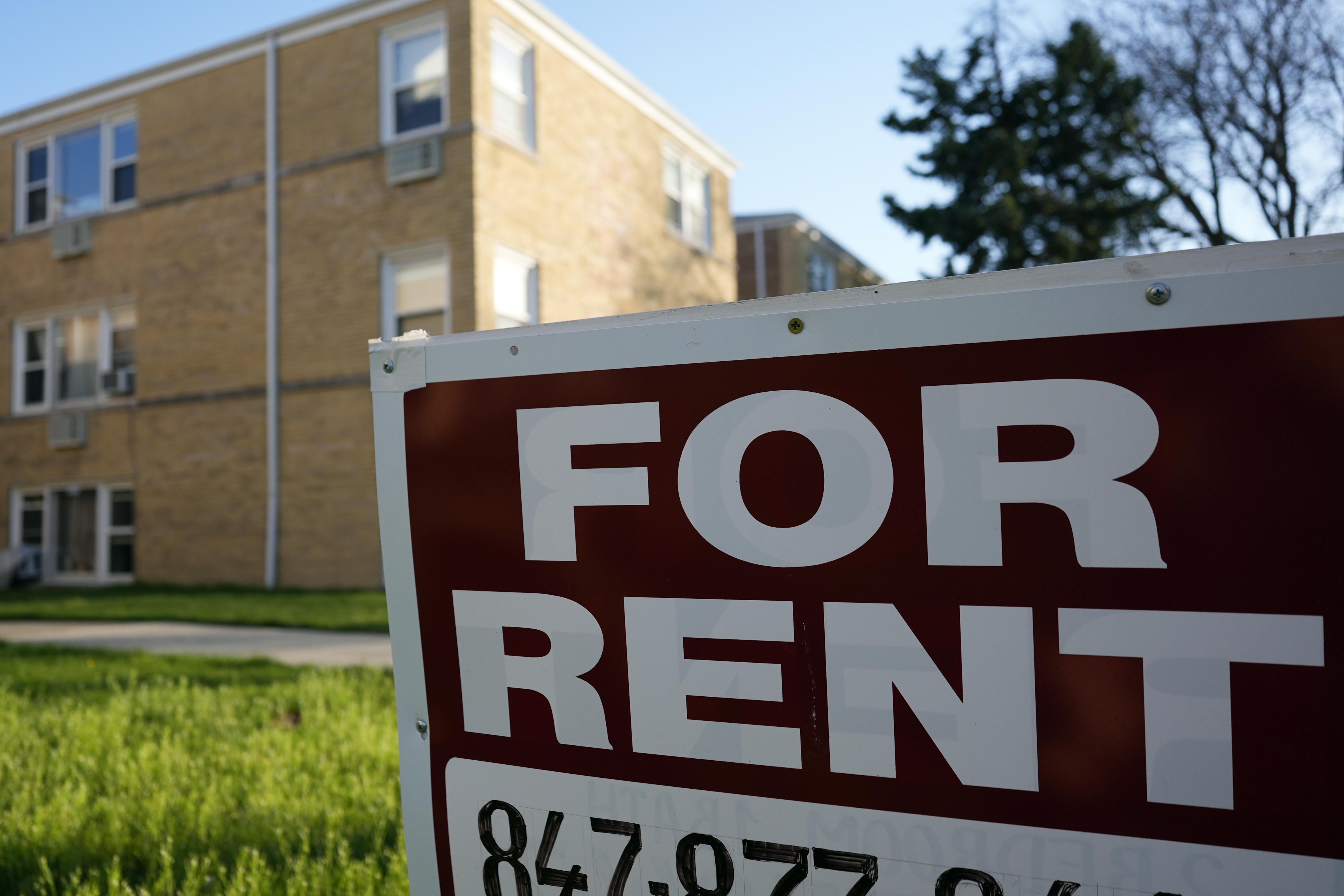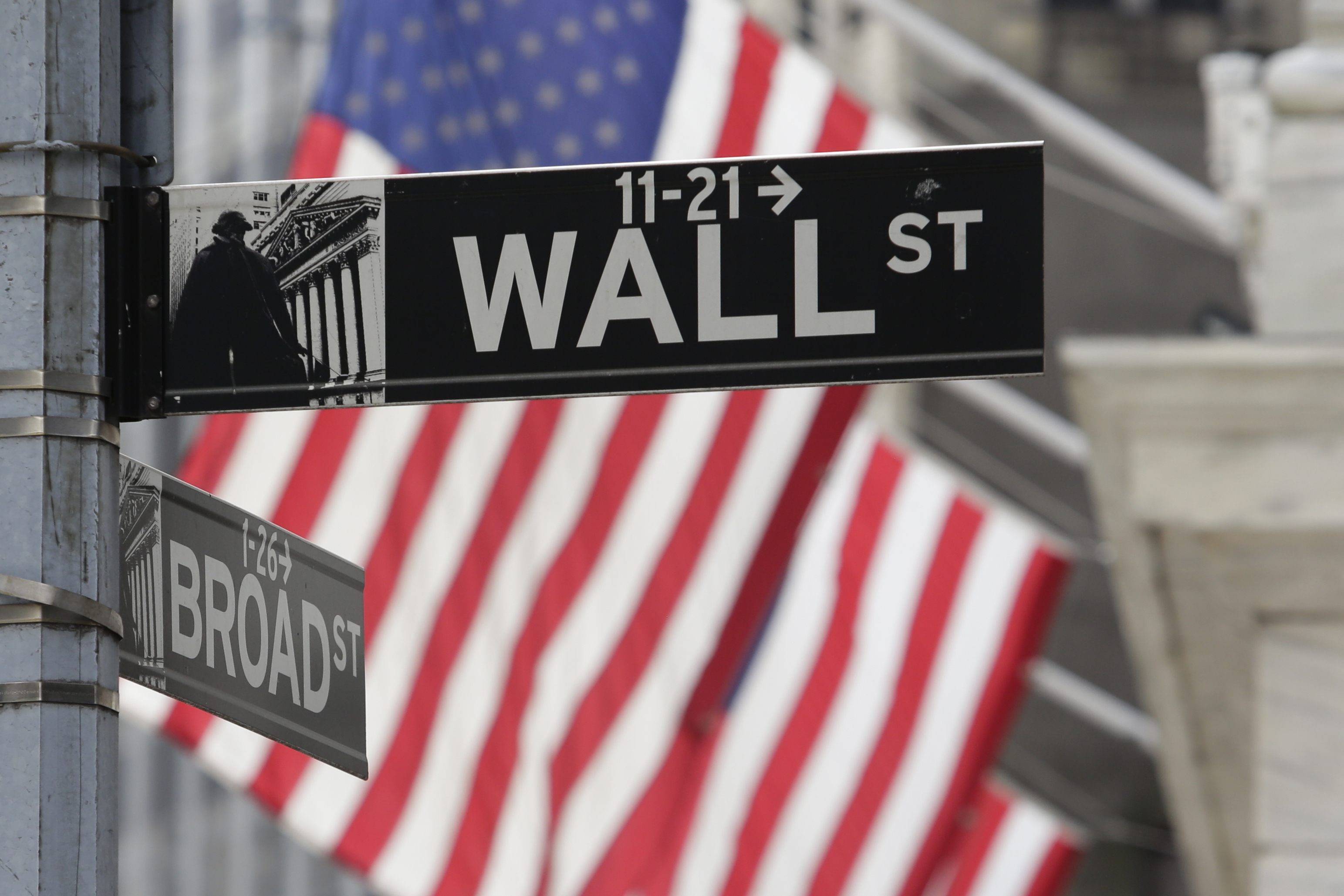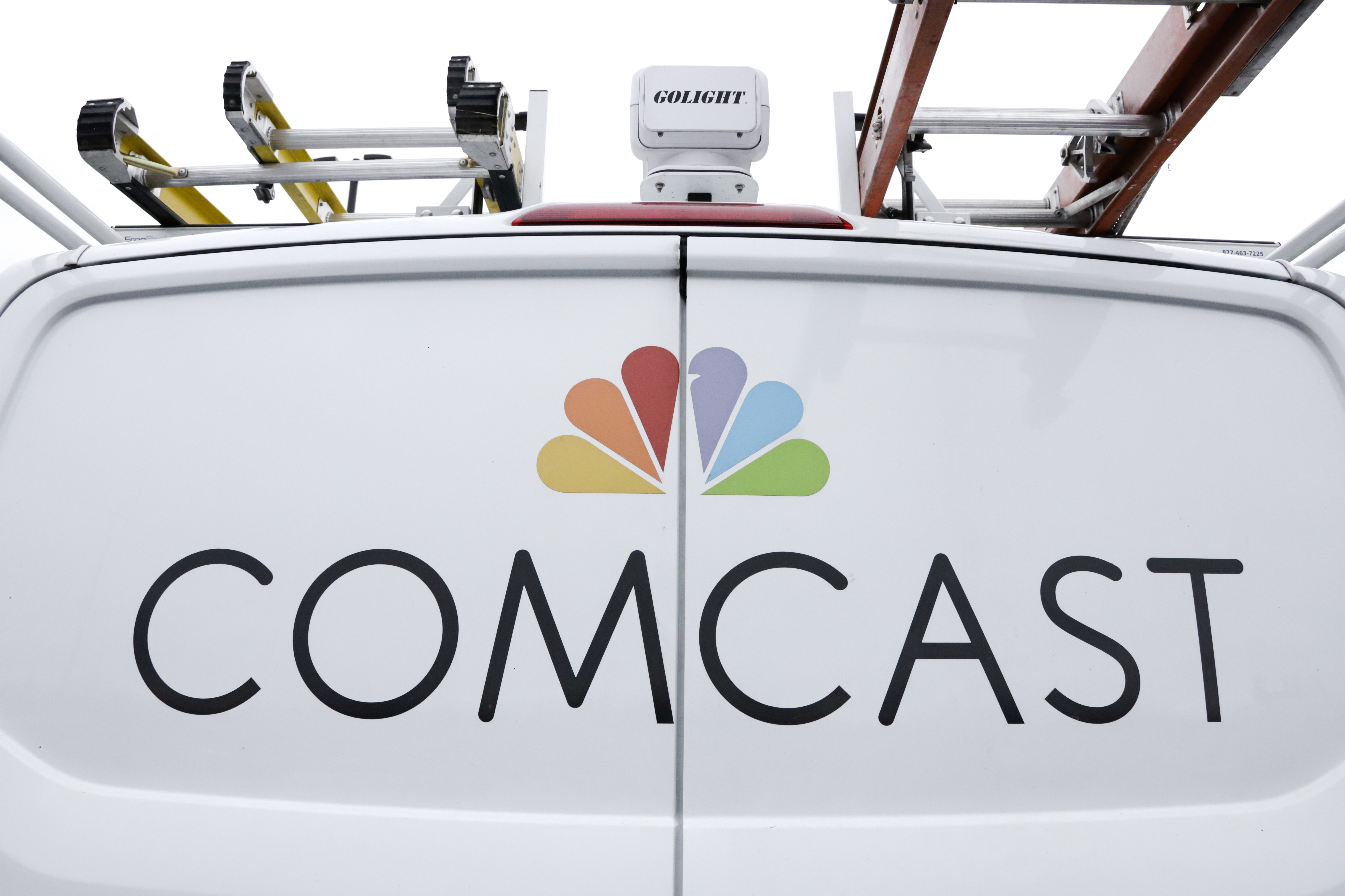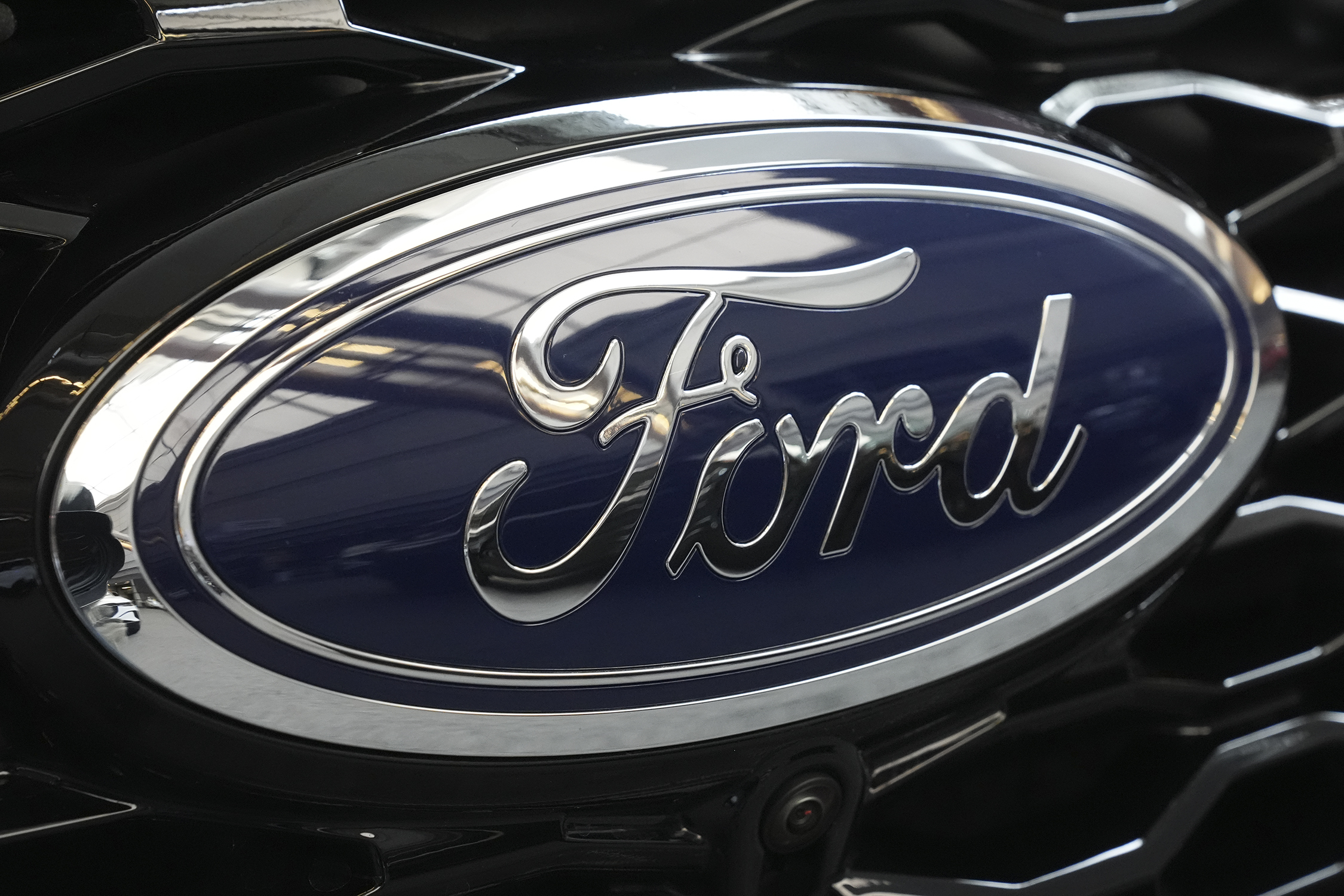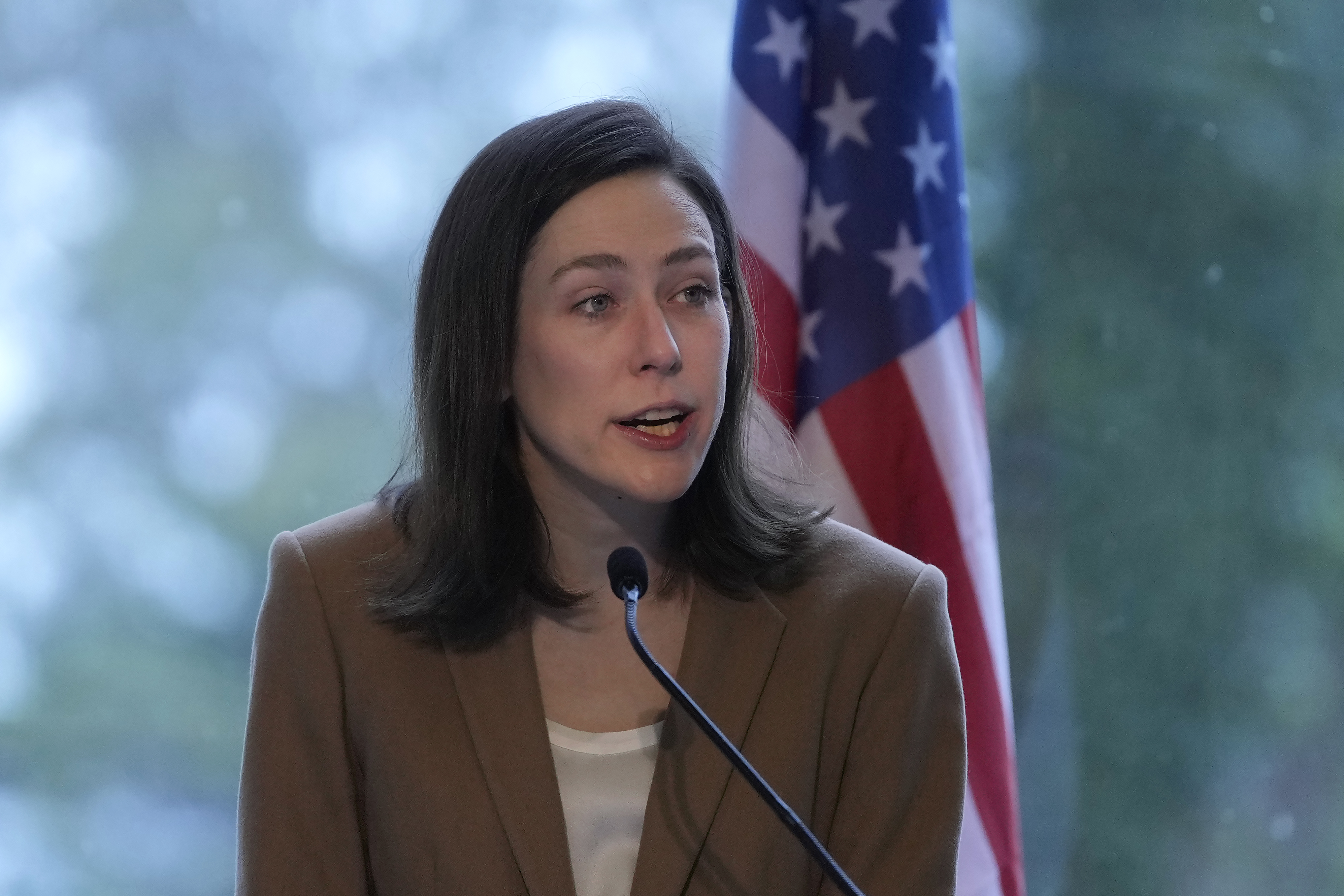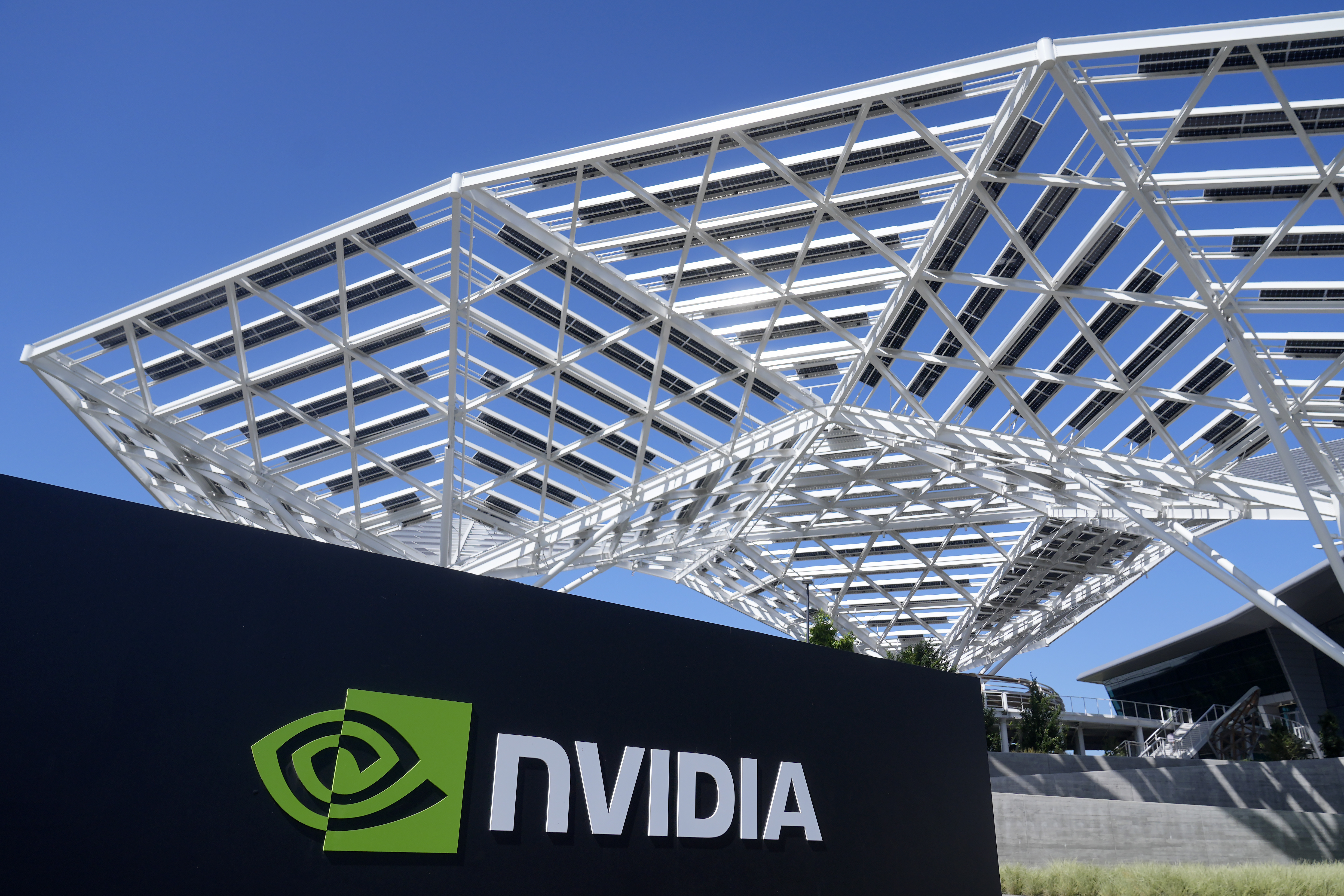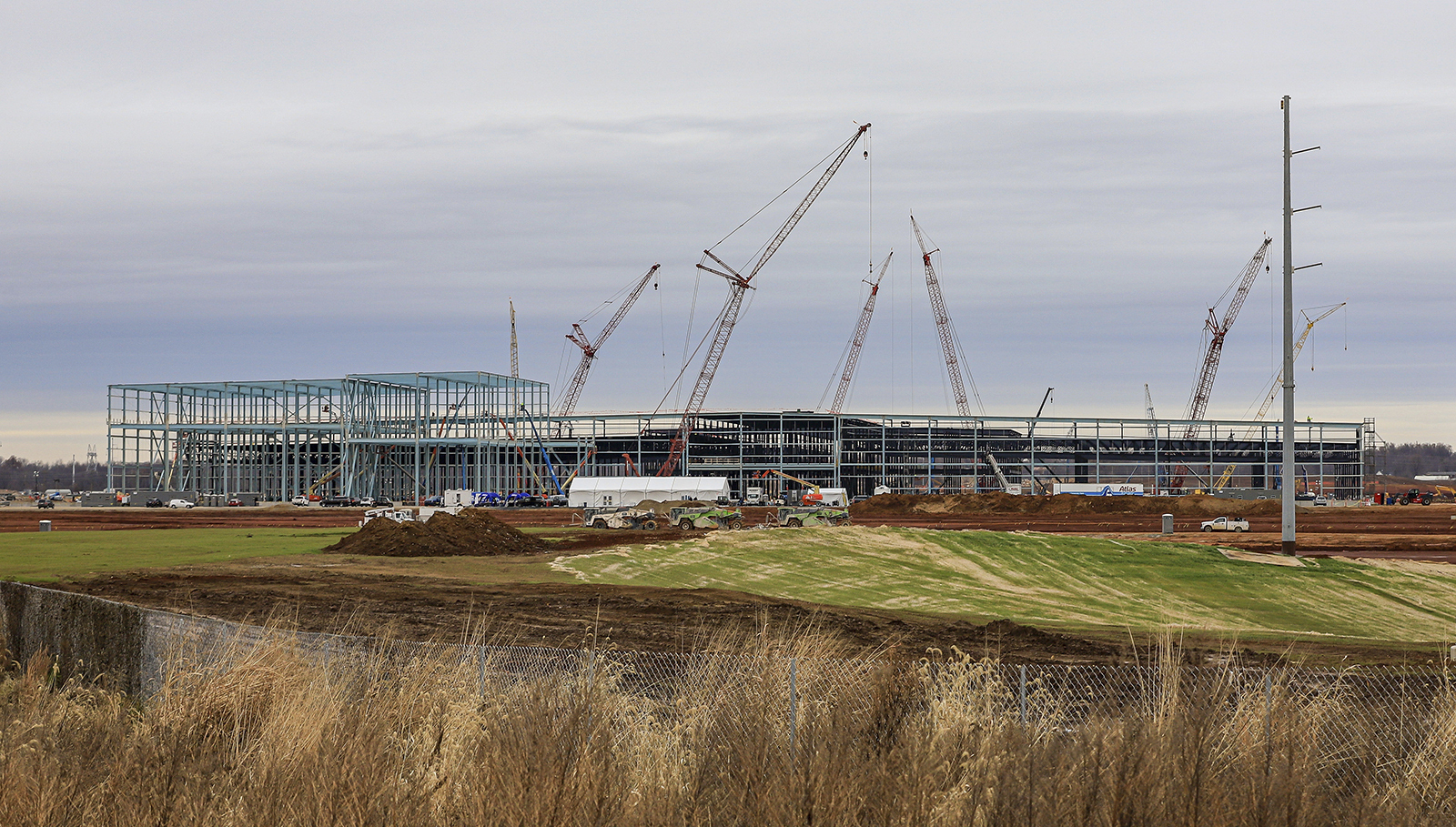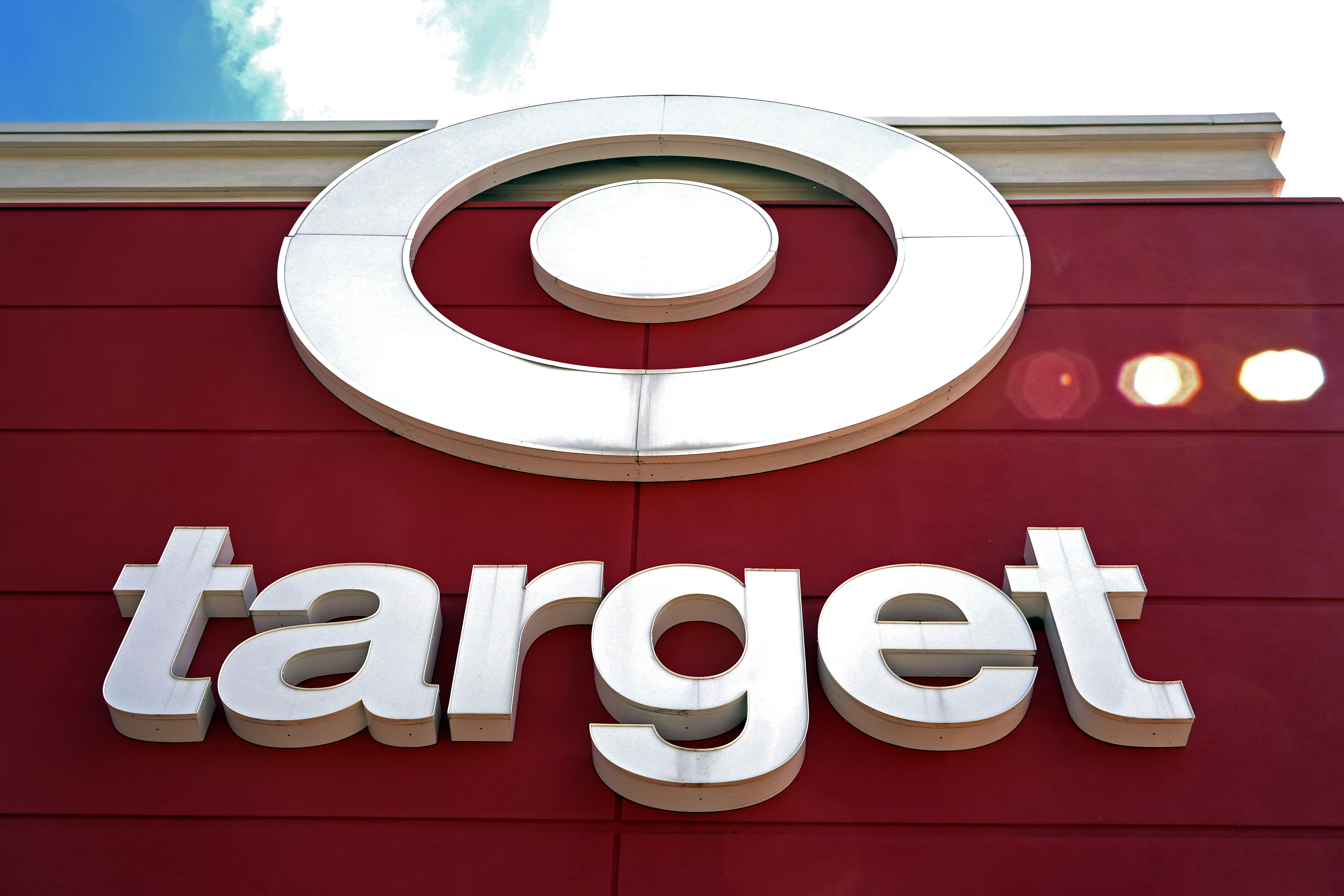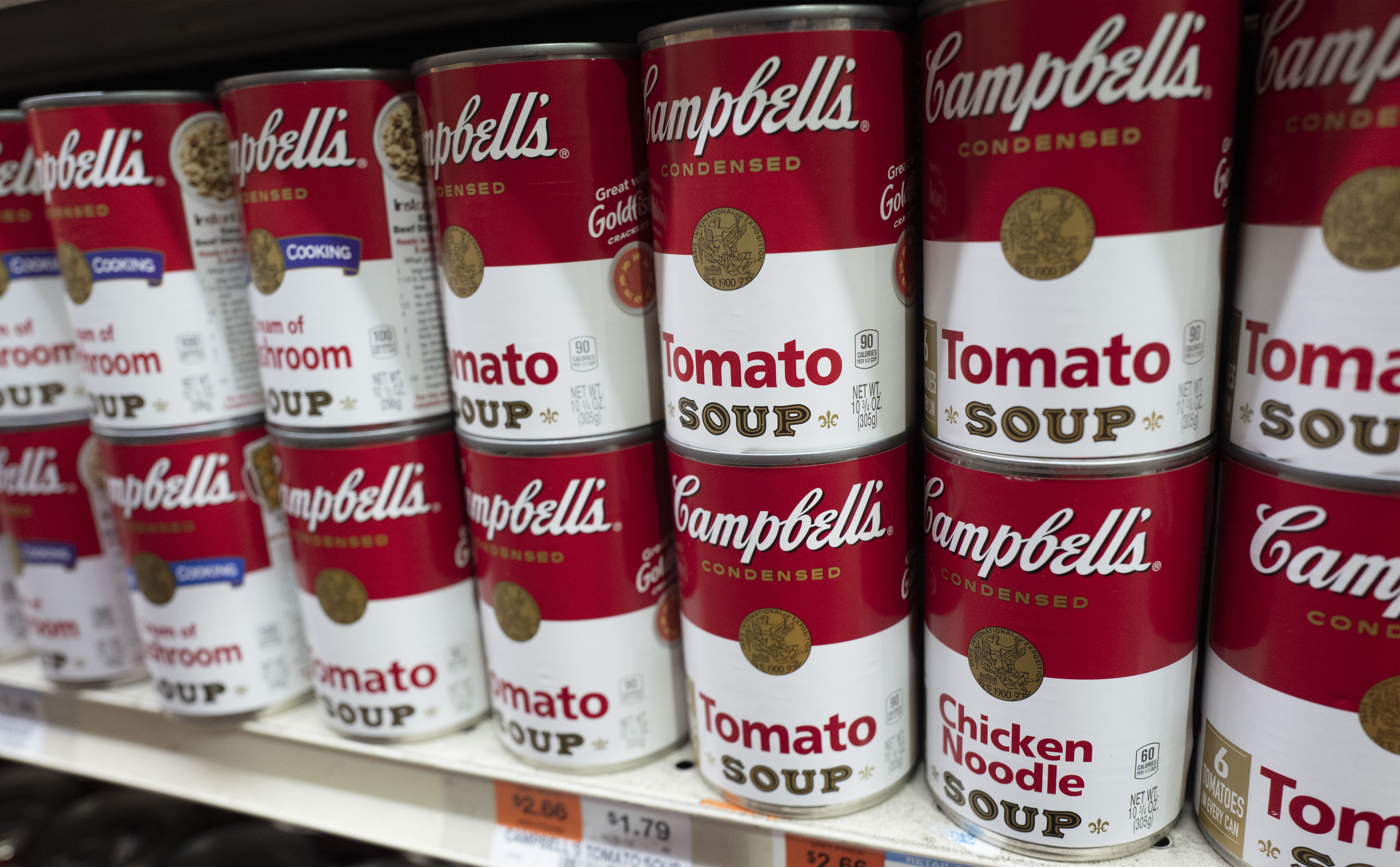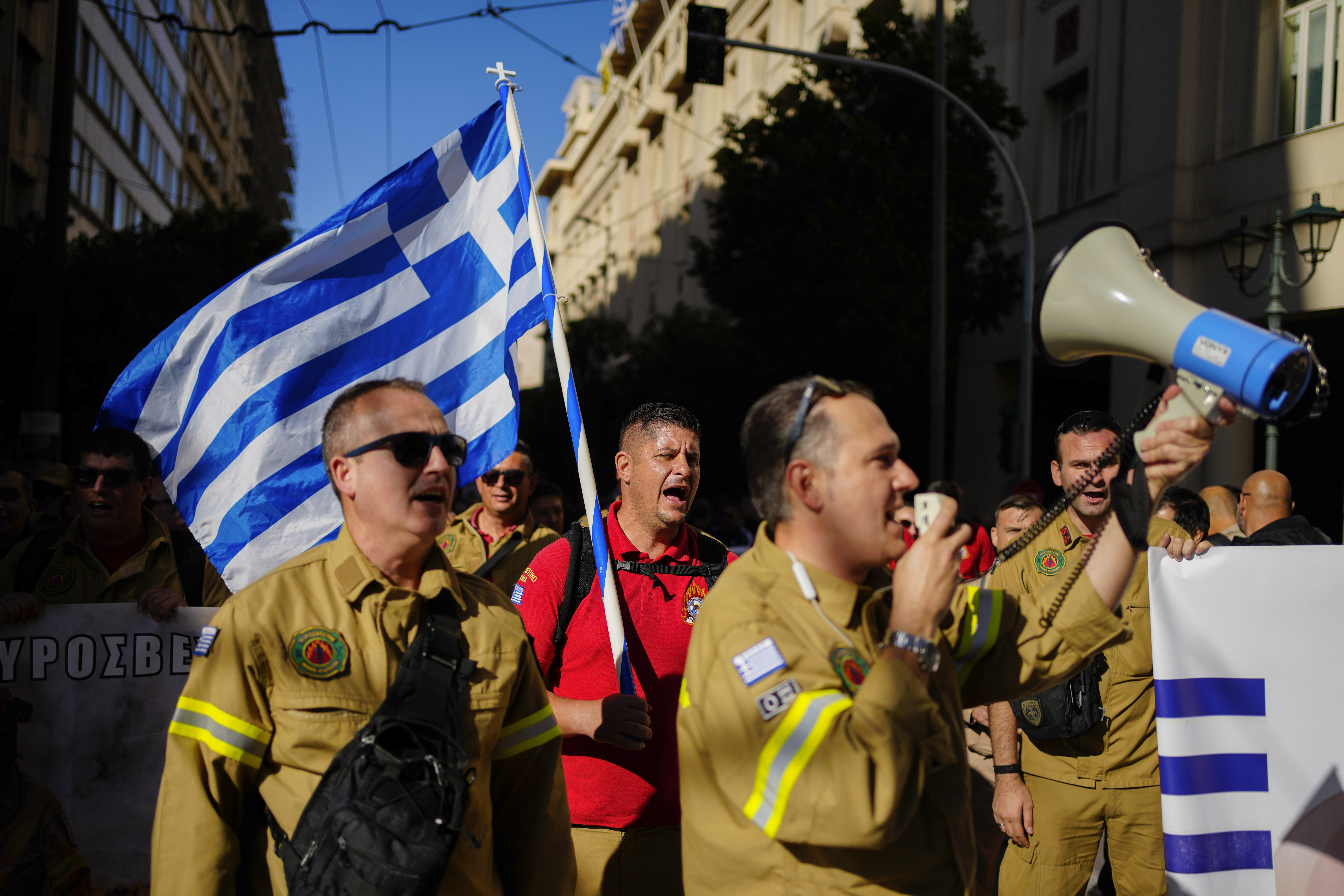PORTSMOUTH, Va. (WAVY) — Two weeks following the closure of the Port of Baltimore due to the collapse of the Francis Scott Key Bridge, it’s clear Hampton Roads is playing a major role in keeping not only the supply chain moving, but also in the cleanup efforts themselves.
While the temporary relocation of Maryland-based Carnival and Royal Caribbean cruise ship operations to Norfolk may serve as the most high-profile display of the region’s ability to quickly come to the aid of its fellow maritime community, it’s far from the only example.
In fact, when it comes to cargo, two weeks after the bridge’s tumble, the true effects are beginning to be seen on the waterfront.
“We are seeing an increase in cargo for sure,” Joe Harris, a spokesperson for the Port of Virginia said Wednesday.
In the hours just after the collapse, Gov. Glenn Youngkin was quick to announce that the port would be assisting by offloading cargo initially bound for Baltimore. However, at the time, nobody was exactly sure what the amount of additional volume would look like.
The Port of Virginia primarily deals in containers, and it far surpasses the annual processing completed in Baltimore when it comes to TEUs (twenty-foot equivalent unit), Harris said.
Still, there has been an increase in Maryland truckers rolling up to the gates to retrieve the Baltimore-destined containers that have been handled. Hours for trucks at the terminals have been extended to accommodate the extra traffic.
“We knew we would have to make adjustments and we will,” Harris said.
Kim Brown, a longshoreman with the International Longshoremen’s Association who also serves on the Norfolk Economic Development Authority, told her fellow directors Wednesday that the uptick in activity since the bridge collapse really became noticeable this week.
“Yesterday, the drive into the port was a mess because of the increase in truckers,” Brown said. “We are getting seven shipping lines coming to us with Baltimore’s containers on it.”




But it’s not just containers.
Over at Newport News Marine Terminal, dozens of large farm and construction equipment now sit in the yard waiting to be picked up by flatbed trucks.
Baltimore handles more of what’s known as “roll-on/roll-off” farm and construction machinery than any other U.S. port, according to the Maryland Port Administration.
Harris said while the Port of Virginia doesn’t have the infrastructure Baltimore does for roll-on/roll-off, NNMT is designed for bulk cargo.

The pace of work at the neighboring Dominion Terminal, Kinder Morgan Pier IX’s and Norfolk Southern’s Lambert Point terminal has increased as well due to additional coal trains rolling into town, according to David White, executive director of the Virginia Maritime Association.
The three terminals together export more coal than any other location in the United States. Last year 35.5 million short tons left the docks of Hampton Roads, most headed for India, according to the U.S. Energy Information Administration.
The Port of Baltimore is the nation’s No. 2 export hub for coal, according to the EIA, comprising 28% of exports.
With its closure now expected to continue through late May, EIA reduced their forecast for U.S. coal exports by more than 30% in April and 20% in May.
While neither Dominion Terminal nor Kindeer Morgan would comment on if they’ve seen an increase in tonnage to Newport News, Norfolk Southern confirmed that a Baltimore-destined vessel diverted to Norfolk for the first time last week.
“At Norfolk Southern, we understand the importance of rapid response, frequent communication, and innovative solutions during significant supply chain events,” Ed Elkins, the railroad’s executive vice president and chief marketing officer said in a release. “Leveraging our extensive franchise footprint and strategic partnerships with ocean carriers, short line railroads, East Coast ports, and other transportation providers, we are providing our customers with a flexible, reliable service product that they can count on in this time of need.”
The CEO of CSX, the railroad serving the Peninsula terminal, recently visited Newport News to “explore alternative transportation solutions for our customers,” according to a spokesperson.

But the men and women who work the waterfront in Tidewater aren’t only assisting in Virginia, two companies have responded in person with equipment to Baltimore.
Both Norfolk-based Seaward Marine Corporation and Portsmouth-based CROFTON Industries have sent cranes, barges and tugs up the Chesapeake Bay to assist in the massive salvage operation.
While neither company responded to 10 On Your Side’s inquiry for additional information by deadline, Mark Hergan of Deadrise Marine Photography has been documenting their work.
Hergan has captured several intimate photos of the massive and dangerous undertaking.

White said he is not certain if Hampton Roads is the region responding in more ways than any other in Baltimore’s time of need. He does acknowledge, however, he is proud of how many people are stepping up.
He said that is what always happens.
“It’s not a competitive mindset,” White said. “This is where we all work together to keep things moving.”


